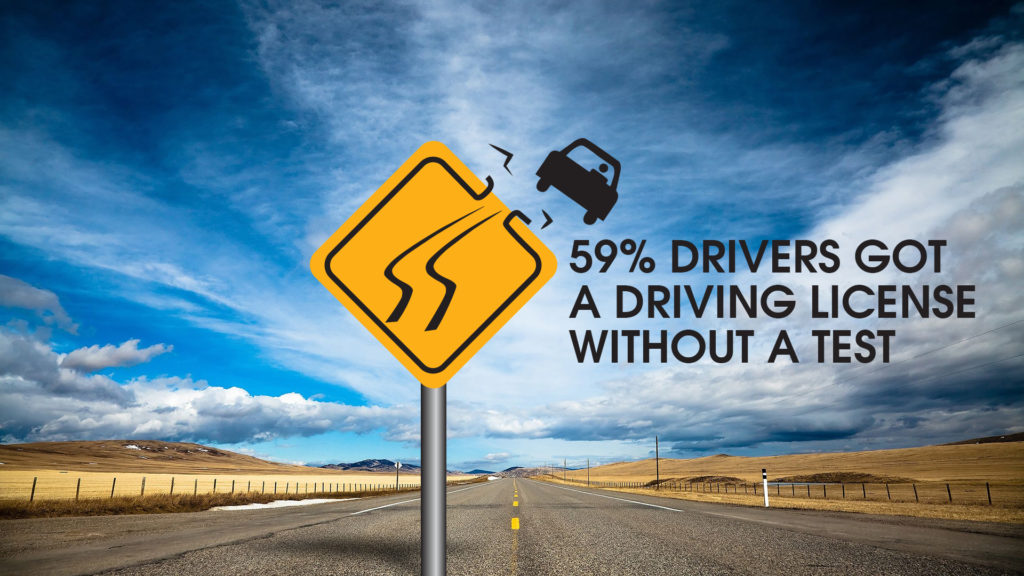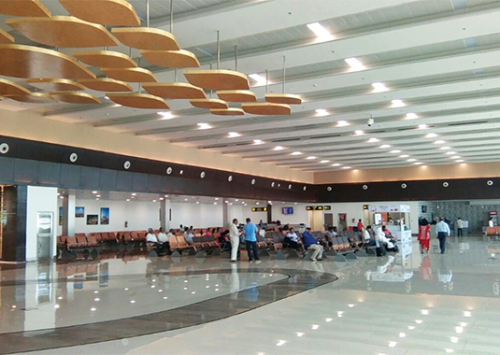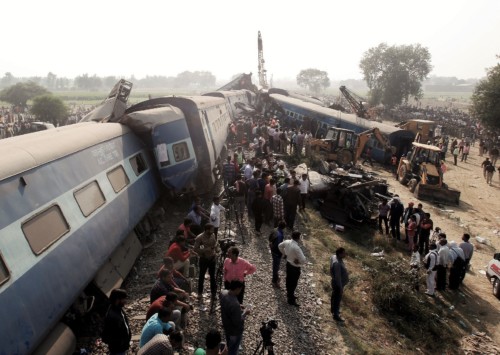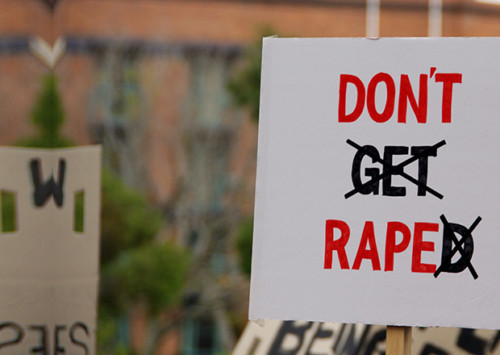Are you safe on Indian roads?
India accounts for 10 pc of the global road crash fatalities while it just runs 1 pc of the world vehicles; a chilling report delves into the potholes of road safety standards in Indian roads.
A survey conducted in 10 Indian cities by Save Life Foundation found 59 pc of the people driving on Indian roads got their license without a test. 42 pc of the two-wheeler riders don’t wear helmets while 63 pc of them driving a four-wheeler don’t wear the seat belt. As more than 80 pc of the people in the country feel unsafe on the roads, India’s record of preventable road casualties has crossed 1.3 million in the last decade. Another 5.3 million have been left disabled for life in a country that boasts of an annual cost of road crashes that is higher than the budget of the Ministry of Road Transport and Highways; ironical but true.
China has better roads
The World Health Organisation’s Global Status Report on Road Safety, released in 2015 stated that more than 1.2 million people die on roads every year. For countries that are in the low or middle-income group, people die out of the injuries sustained due to these road crashes. However, the number of road crash deaths in the world has remained fairly constant since 2007 at 1.25 million deaths in 2013, there has been a continuous increase in road crash deaths in India since 2007, with only a marginal reduction in 2012. In fact, India surpassed China in 2007 as the country with the highest number of road crashes annually.
Road crash deaths among vulnerable road users such as pedestrians, cyclists and motorcyclists have been intolerably high across the globe, amounting to almost half of all deaths on the world’s roads. However, the likelihood of dying on the road as a motorcyclist, cyclist or pedestrian varies by region. While 92 countries have by 2015, put in place policies to ensure safety for pedestrians and cyclists, compared to 68 in 2010, India still has no laws protecting vulnerable road users, who account for over 35 pc of all road crash deaths in the country.
The report in one of its excerpt states that the lack of a comprehensive and administrative framework for Road Safety in India, most of the interventions to tackle this epidemic have remained unsustainable. In the monsoon session of Parliament (July-August, 2016), the Government of India introduced the Motor Vehicles (Amendment) Bill, 2016. The Bill aims to amend 68 out of 223 sections and insert 28 new sections in the MVA, 1988, in order to fill the legislative gaps existing in the current framework. The Motor Vehicles (Amendment) Bill, 2016 was passed by Lok Sabha on April 10, 2017, and now awaits passage by the Rajya Sabha.
Indians feel unsafe
Whether on a vehicle or on their own, the survey figures show that most of the people in India feel unsafe while commuting in their daily life. 59 pc of the respondents to the survey said that people did not give a test to get a driver’s license.
The system that issues a driving license in India has been one of the most corrupt and inefficient bodies in the road safety infrastructure of India. Figures reveal that the 997 Regional Transport Offices (RTOs) in the country issue over 11.5 million fresh or renewed driving licenses every year. So, if there are around 50 licences issued on average from a single RTO, 30 of them are issued without a proper test.
The survey noted responses on driving test and fundamental concepts of driving to gauge the level of driver’s education. Among those who reported knowing driving, only 32 pc respondents were very confident about their driving skills.
The confidence that Indian road-users have on the existing Emergency Care response is clearly minimal, with just 26 pc respondents feeling very confident about receiving immediate medical help if they met with a road crash in their city and only 13 pc being very confident of getting immediate help if they made a call to the concerned emergency services.
Survey results also reveal that only 60 pc respondents were aware of the local ambulance numbers and 77 pc were aware of the emergency police number in their respective cities. 56 pc respondents also strongly felt that ambulances should follow minimum safety standards to ensure safer transportation of victims.
A point very well made. #NoMobileWhenMobile #ItCanWait pic.twitter.com/KEVNpzxb0X
— GlosRoadSafety (@GlosRoadSafety) July 17, 2017
Reality check
According to the ‘Road Accidents in India’, 2015 report released in June 2016, by the Transport Research Wing (TRW) of Ministry of Road Transport and Highways (MoRTH), 1, 46,133 people were killed in road crashes in 2015 including 12,589 children. This number is not only the highest that India has ever recorded in history, but it represents a 53.9 pc increase over the last decade and nearly a ten-fold increase since 1970.
India is the second largest network of roads and highways in India is the biggest necropolis for motorway casualties in the world. Whether new rules with strict and more pertinent laws in road-safety will make things better or is it a better engineering, as well as an educational awareness that will bring down the monumental loss of lives on the Indian roads, is still left unrequited.














